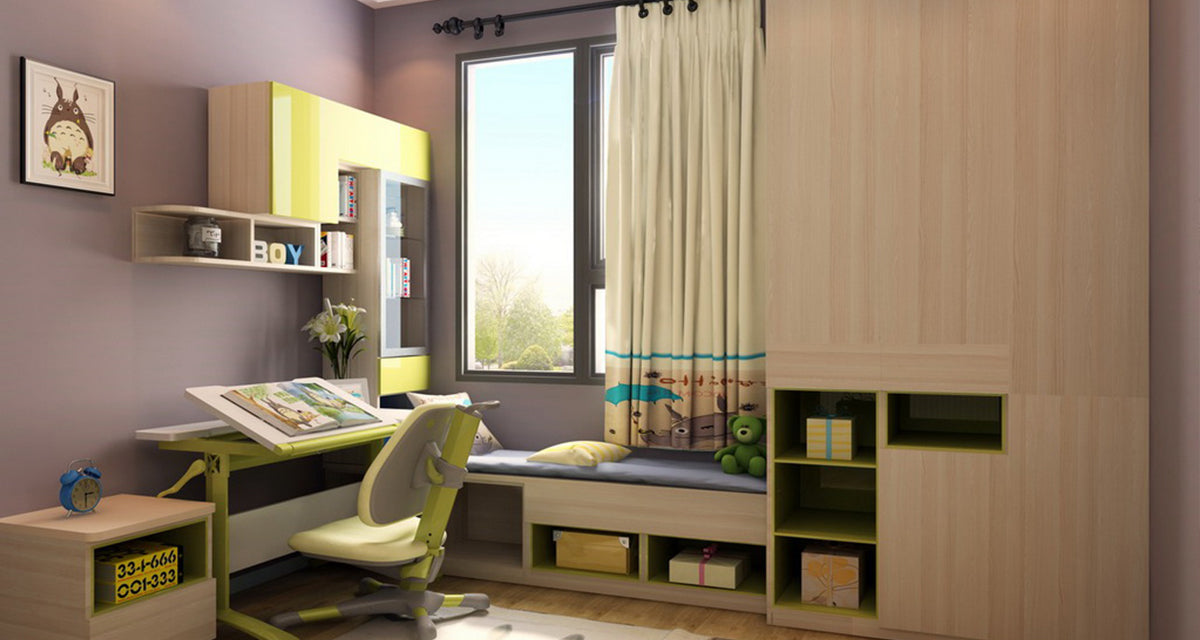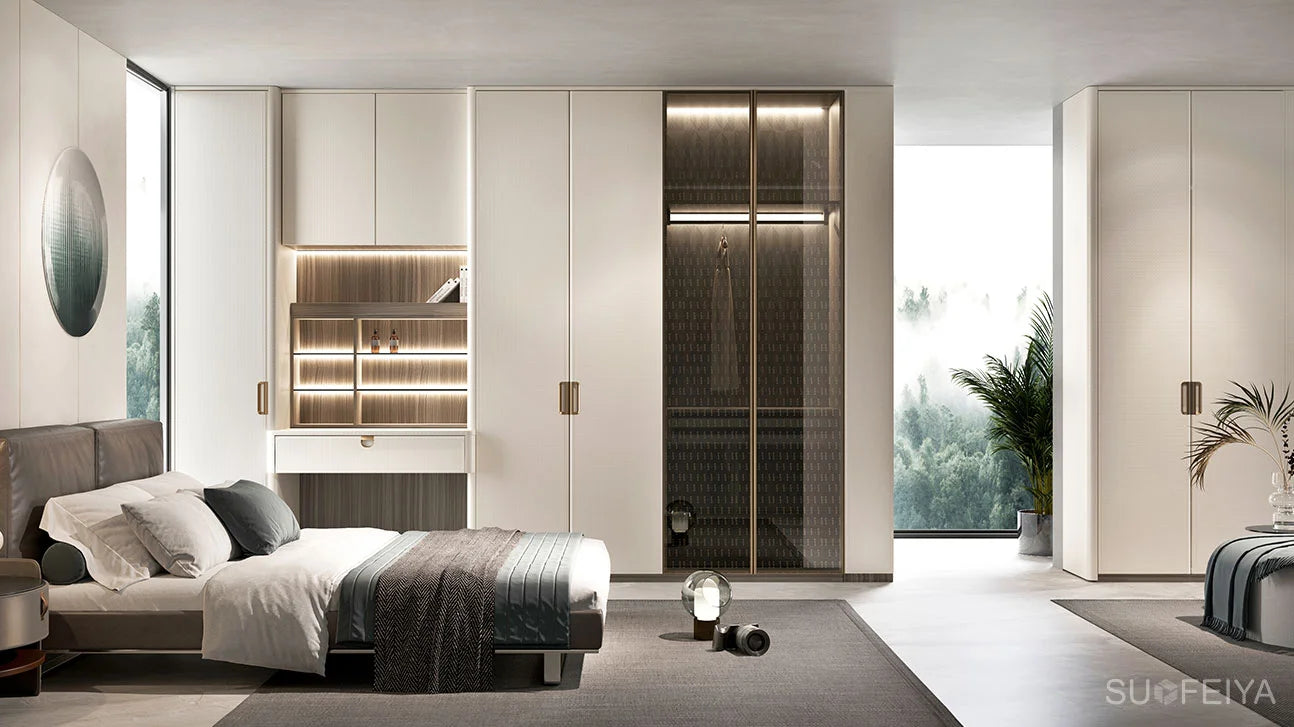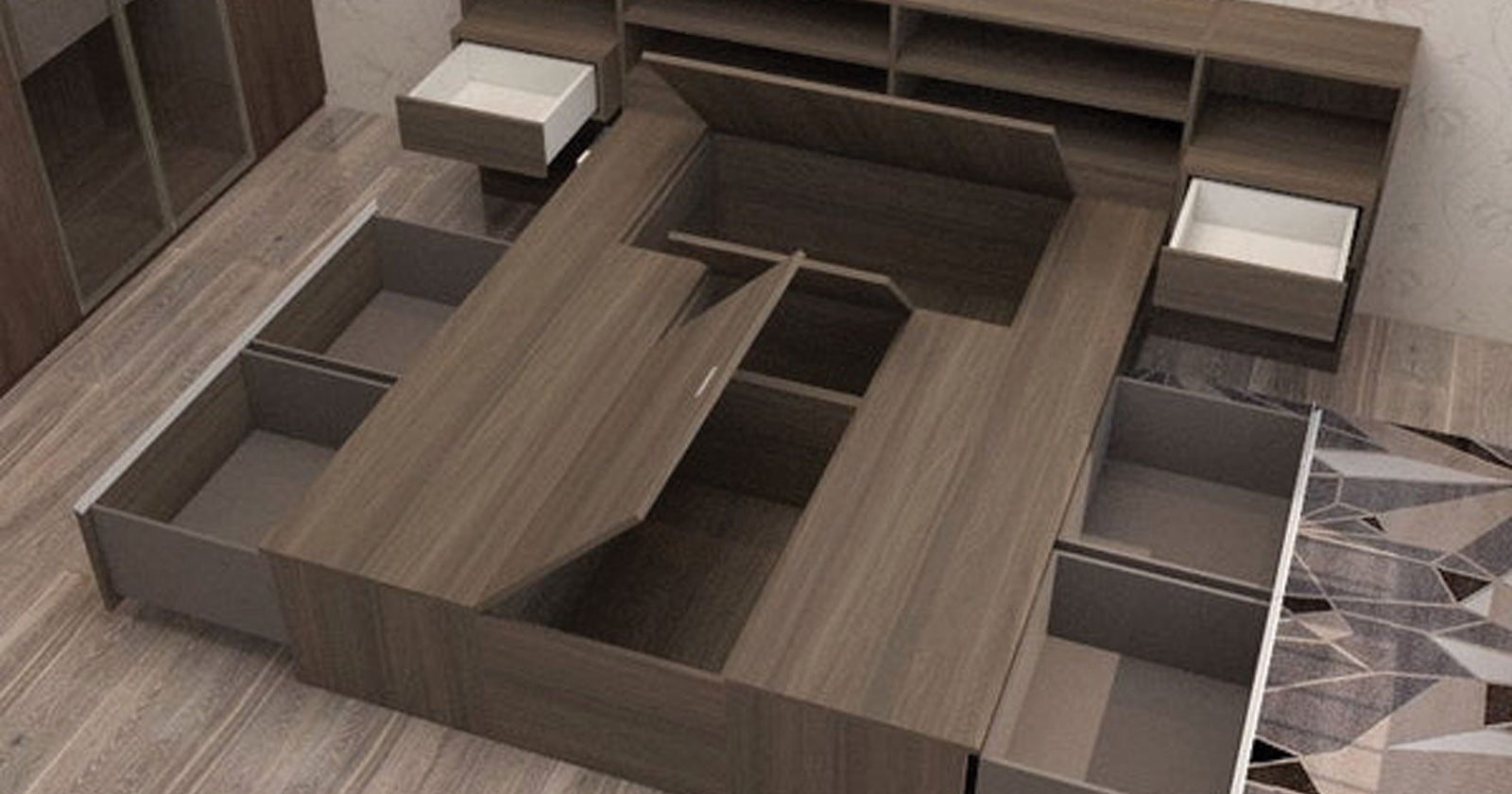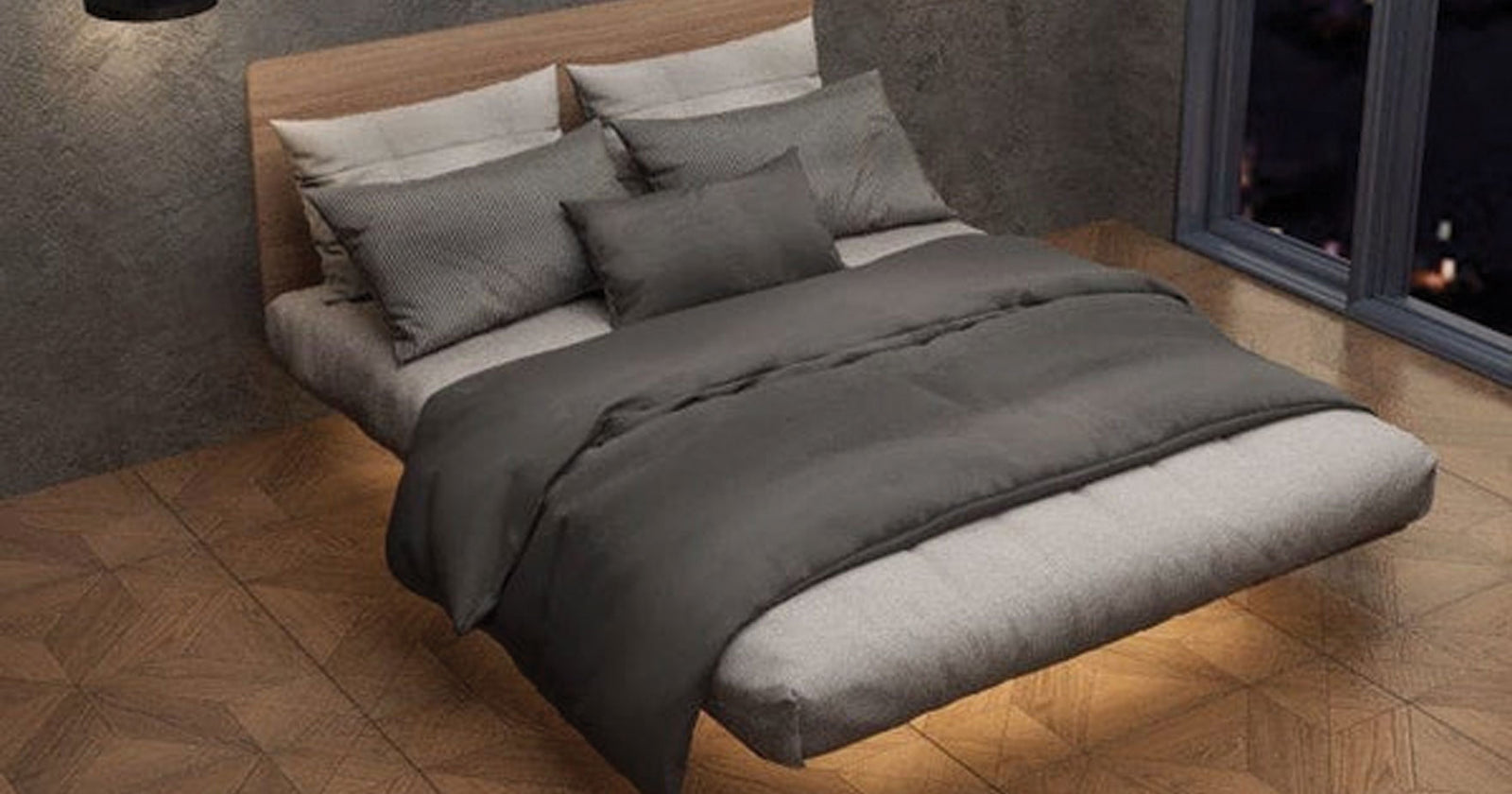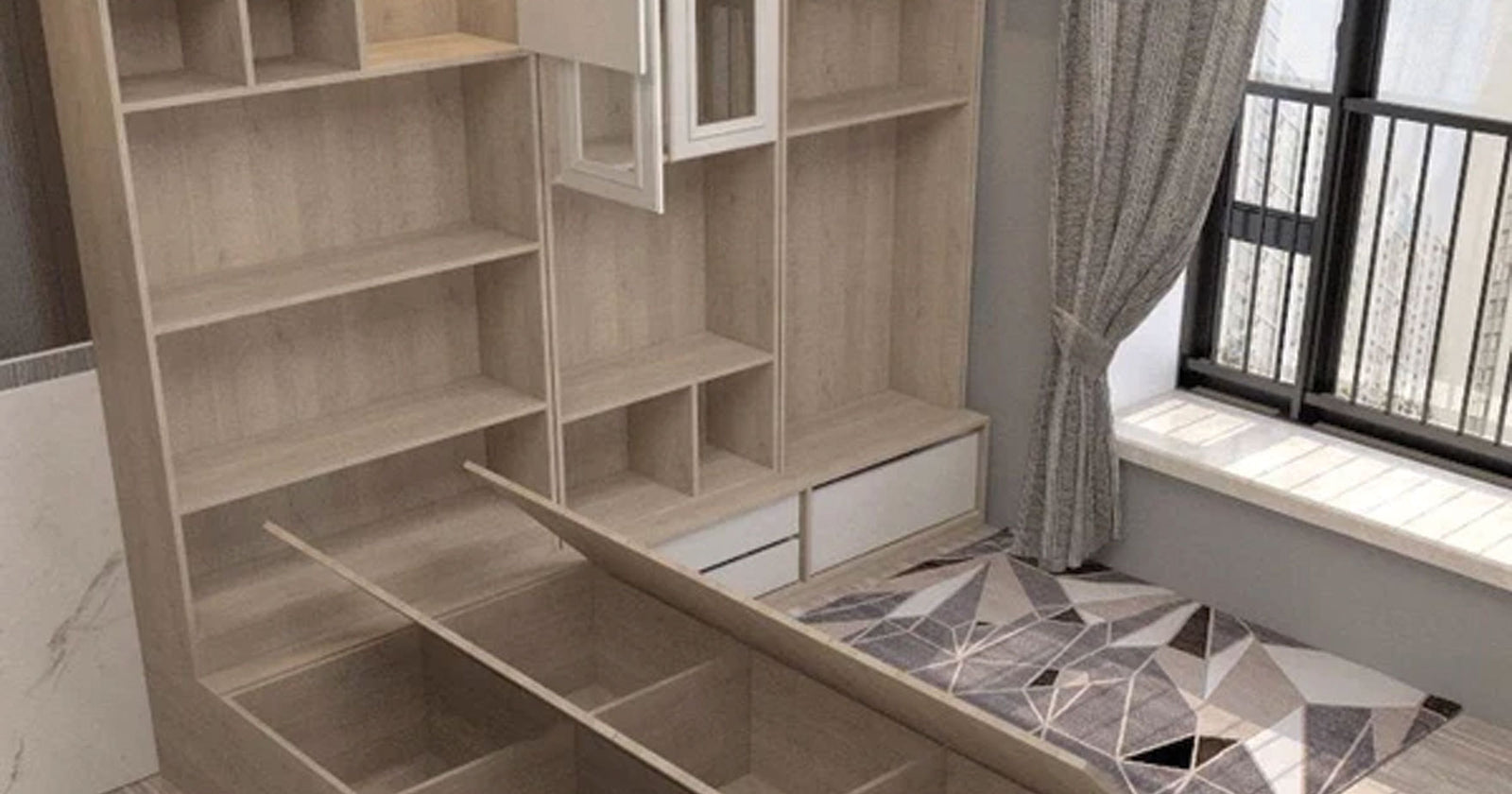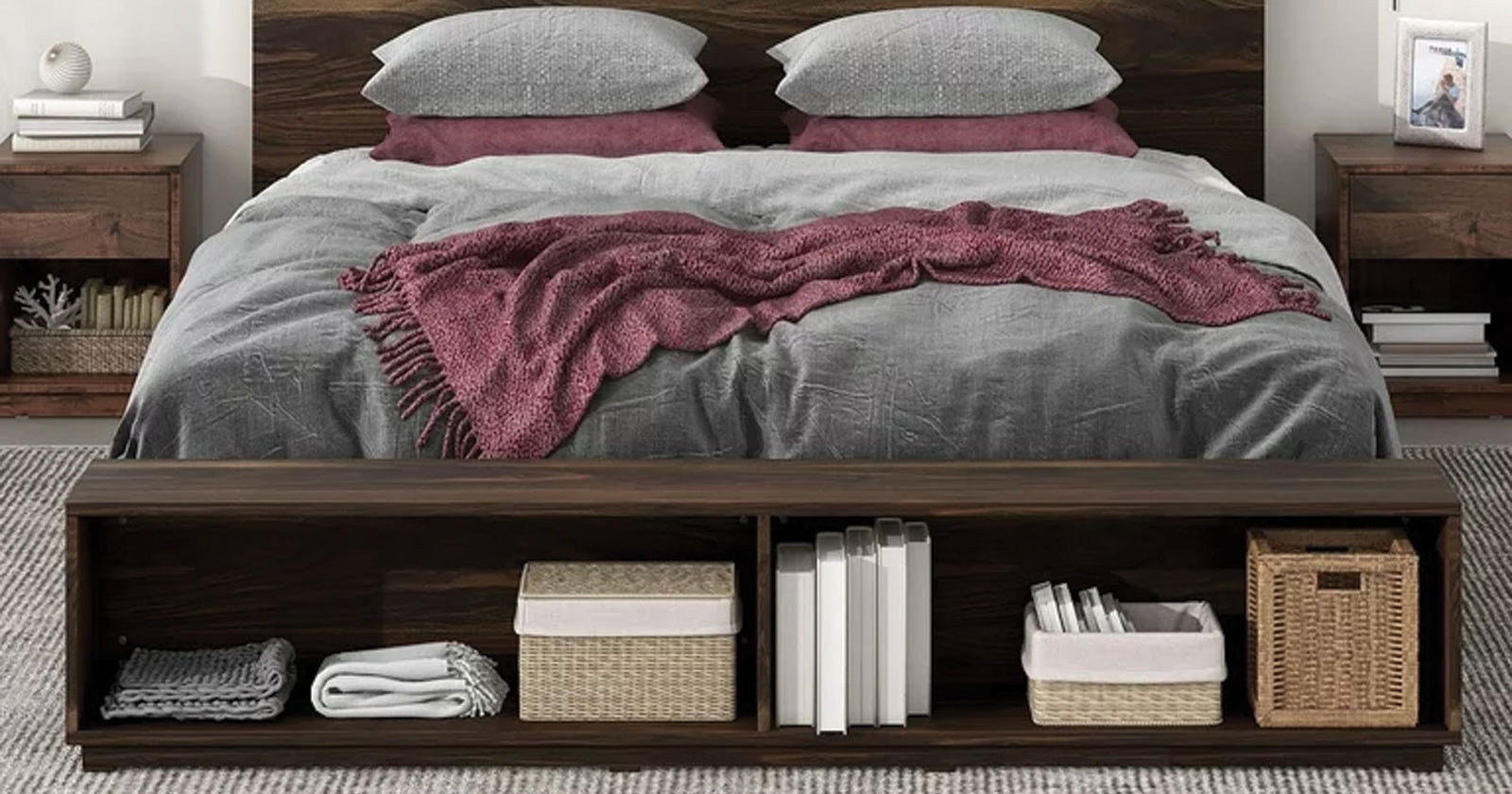Designing a functional and playful wardrobe for kids' rooms involves considering their specific needs and creating a space that encourages organization and creativity. Here are some tips to help you design a wardrobe suitable for children:
1. Child-Friendly Height:
Design the wardrobe at a height that is easily accessible to children. Ensure that the hanging rods, shelves, and drawers are at a comfortable height for them to reach their belongings independently.
2. Bright Colors and Themes:
Incorporate bright and cheerful colors or themes that resonate with your child's interests. This can make the wardrobe visually appealing and fun for them to use.
3. Child-Safe Features:
Ensure that the wardrobe has child-safe features, such as soft-close doors and drawers, to prevent little fingers from getting trapped. Rounded edges and corners are also important for safety.
4. Adjustable Shelves and Hanging Rods:
Use adjustable shelves and hanging rods to accommodate the changing needs of growing children. This allows for flexibility as their storage requirements evolve over time.
5. Easy-to-Open Handles:
Choose handles and knobs that are easy for children to grasp and open. You can opt for colorful and playful designs that add to the overall theme of the room.
6. Personalization:
Incorporate elements that allow children to personalize their wardrobe, such as chalkboard or magnetic panels on the doors. This gives them a space to express their creativity and make the wardrobe their own.
7. Integrated Storage Solutions:
Consider integrating storage solutions like bins, baskets, or cubbies within the wardrobe to help children keep their belongings organized and accessible.
8. Display Shelves:
Add some display shelves to showcase your child's favorite toys or collectibles. This can add a playful touch to the wardrobe while also encouraging tidiness.
9. Dress-Up Station:
If your child enjoys playing dress-up, create a designated area within the wardrobe to hang costumes and accessories. Include a mirror and a small stool for a complete dress-up station.
10. Labels and Picture Labels:
Label shelves and bins with picture labels or words to help young children identify and sort their belongings easily.
11. Incorporate Mirrors:
Include a child-sized mirror on the wardrobe door or inside the wardrobe. Children love to see themselves and use mirrors for play and dress-up.
12. Space for Toys:
If the room lacks space for a separate toy storage unit, consider dedicating a section of the wardrobe for toy storage. Use bins or baskets for easy access and cleanup.
13. Built-in Desk or Study Area:
For older children, consider integrating a small desk or study area within the wardrobe to provide a dedicated space for homework and creative activities.
By combining functionality, safety, and playfulness, you can design a wardrobe that meets the unique needs of children and adds a touch of joy to their room. Involving your child in the design process and considering their preferences will make the wardrobe even more special and engaging for them.
Follow our facebook page for the latest deals.
Top Wardrobes Questions
- Wardrobes with Integrated Shoe Racks: How can you efficiently store and display shoes in a wardrobe?
- Wardrobe Door Track Systems: Which type of door track system is suitable for smooth and silent door movement?
- Wardrobe with Built-in Drawers: What are the advantages of having drawers incorporated into a wardrobe design?
- Wardrobes for Kids' Rooms: How can you design a functional and playful wardrobe suitable for children's needs?
- Built-in Wardrobes vs. Freestanding Wardrobes: Which option offers better customization and space utilization?
- Walk-in Wardrobes: What are the key features to consider when designing a walk-in wardrobe?
- Wardrobe Lighting: What are the best lighting options to illuminate the contents of a wardrobe effectively?
- How Wide Should a Wardrobe Door Be for Easy Access?
- Swing Doors vs. Sliding Doors: Which type of wardrobe doors is better for small spaces?

